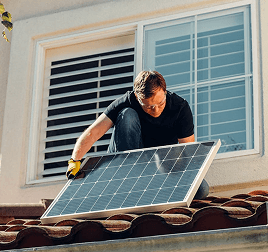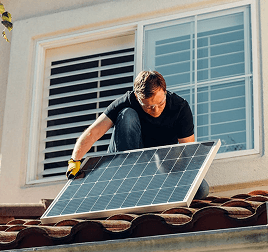

Solar panels are built to last and rarely experience failures—but when something’s off, it can be frustrating to figure out where the issue lies. Fortunately, most problems are easy to identify and even easier to fix once you know what to look for.
The good news? If your solar system isn’t performing as expected, it’s likely not the panel itself. Most issues stem from two main culprits:
Wiring Problems: Loose, frayed, or disconnected wires can interrupt power flow.
Charge Controller Faults: These devices regulate power from the panel to the battery—if they’re malfunctioning, your whole system can be affected.
One of the easiest ways to check if a solar panel is functioning properly is by testing its open circuit voltage. This involves disconnecting the panel from the charge controller and measuring its voltage output using a multimeter during daylight hours.
Here’s what you should see:
18V – 22V for a 12V panel
32V – 42V for a 24V panel (depending on the specific model)
If the voltage reading falls within these ranges, the panel is most likely fine.
If you’re getting little to no voltage output during the day, then the issue might be with the panel itself. While panel failure is rare, it can happen—especially if:
The internal diode has failed in the junction box. In some cases, this can be repaired.
There’s severe internal damage to the panel, in which case replacement is usually the only option.
When troubleshooting solar panel issues, always start with the simplest checks—like connections and voltage output—before assuming the panel has failed. With a few tools and a little know-how, most problems can be quickly diagnosed and resolved. If you are still having trouble, get in touch with our team and we will be happy to assist you!










